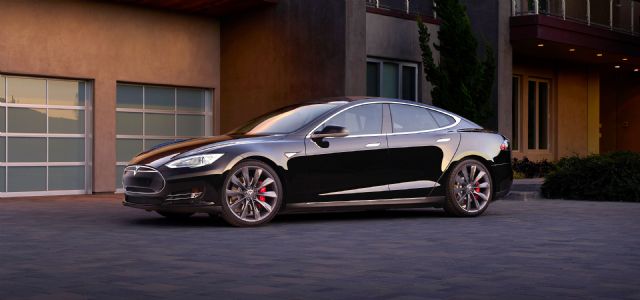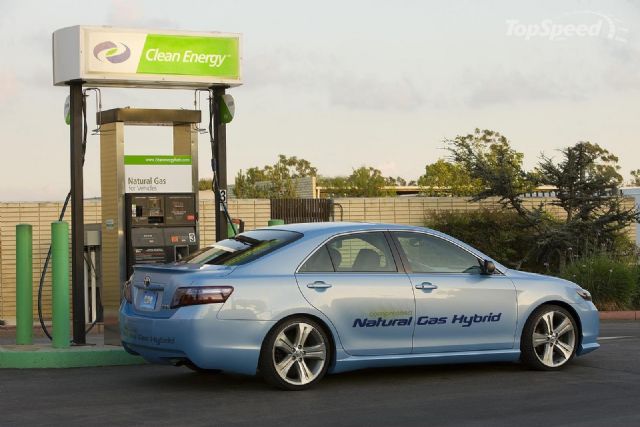Sales of Alternative-energy Vehicles to Rise in Industrially-advanced Nations
2015/02/09 | By Quincy LiangA clear and necessary development trend in global automotive industry in recent years, without doubt, is that all industrially advanced countries, vehicle manufacturers, and eco-conscious consumers have been increasingly eyeing and adopting alternative-energy vehicles that are touted as saviors of our environment to make the earth more sustainable.
Electric LDVs
The use of electric vehicles (EVs), which now account for a small but growing share of the world's light duty vehicle (LDV) market, has been promoted by governments worldwide because of the economic, environmental, and energy efficient benefits they provide. A recent report from Navigant Research said that although they make up a small portion of the overall LDV market today, the hybrids (HEVs), plug-in hybrids (PHEVs), and battery electric vehicles (BEVs) that make up this market are becoming a significant part of the global automotive landscape. The research firm forecasts that worldwide sales of light duty EVs are expected to increase from 2.7 million in 2014 to 6.4 million by 2023.

“Historically, governments have pushed automakers to develop EVs and have also encouraged citizens to buy them, but it's likely government incentives will begin to decrease in most developed regions as the market begins to shift,” says Scott Shepard, research analyst with Navigant Research. “EVs are expected to become more available in the luxury class segments, where the plug-in vehicle (PEV) premium is lower than comparable vehicles due to higher overall vehicle prices.”
The market for conventional vehicles with reduced fuel consumption is also expected to become more competitive, as other fuel-efficient and alternative fuel technologies begin to enter the LDV market, according to the Navigant report. In particular, fuel efficiency advances made to internal combustion engines are likely to threaten HEV market share in economy class segments, making growth contingent on EVs expanding into larger vehicle formats, such as sport utility vehicles (SUVs).
NGVs
For many years, development of natural gas vehicles (NGVs) has been vigorous due to high fuel prices, as well as increasingly stringent emission standards in recent years; while sales of such alternative-energy vehicles are increasing too.

Navigant Research's other new report says that increasingly stringent fuel economy and exhaust emissions standards in major automotive markets are driving automakers to provide alternatives to traditional gasoline- and diesel-fueled internal combustion engines. For many customers, particularly high-mileage fleet operators and consumers in regions with high retail prices for liquid fuels, NGVs offer an excellent option for reducing both operating costs and CO2 emissions. Navigant Research forecast that sales of NGVs are expected to grow from 2.3 million annually in 2014 to 3.9 million in 2024.
“Although demand has increased, increased gas production in North America and other regions, along with additional pipelines for distribution in Asia Pacific and Europe, is reducing prices for natural gas,” says Sam Abuelsamid, senior research analyst with Navigant Research. “NGV markets in a number of regions are expected to grow significantly over the next decade, particularly China, which is grappling with serious air pollution issues that are affecting quality of life in major urban areas.”
With a large land mass and comparatively low filling station density, as well as a price differential between gas and liquid fuels, North America's NGV market is likely to see substantial growth over the next decade, according to the report. However, NGVs are expected to remain a small niche of the region's total market, with fleet and commercial operators using dedicated private filling stations and making up the primary customer base.




